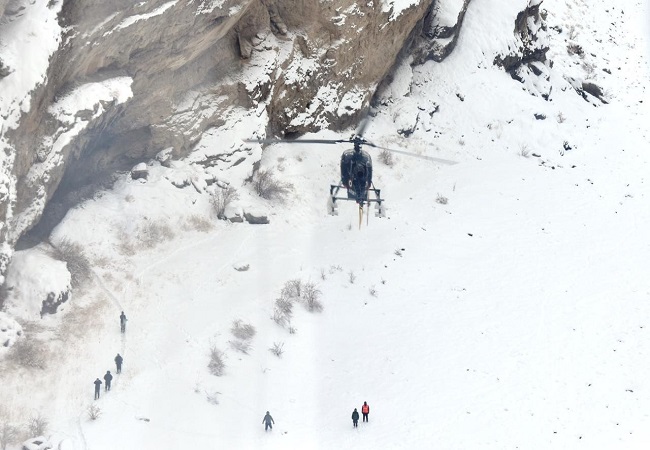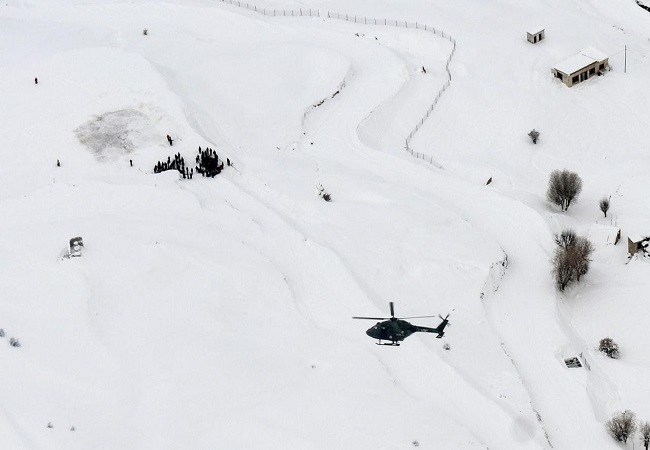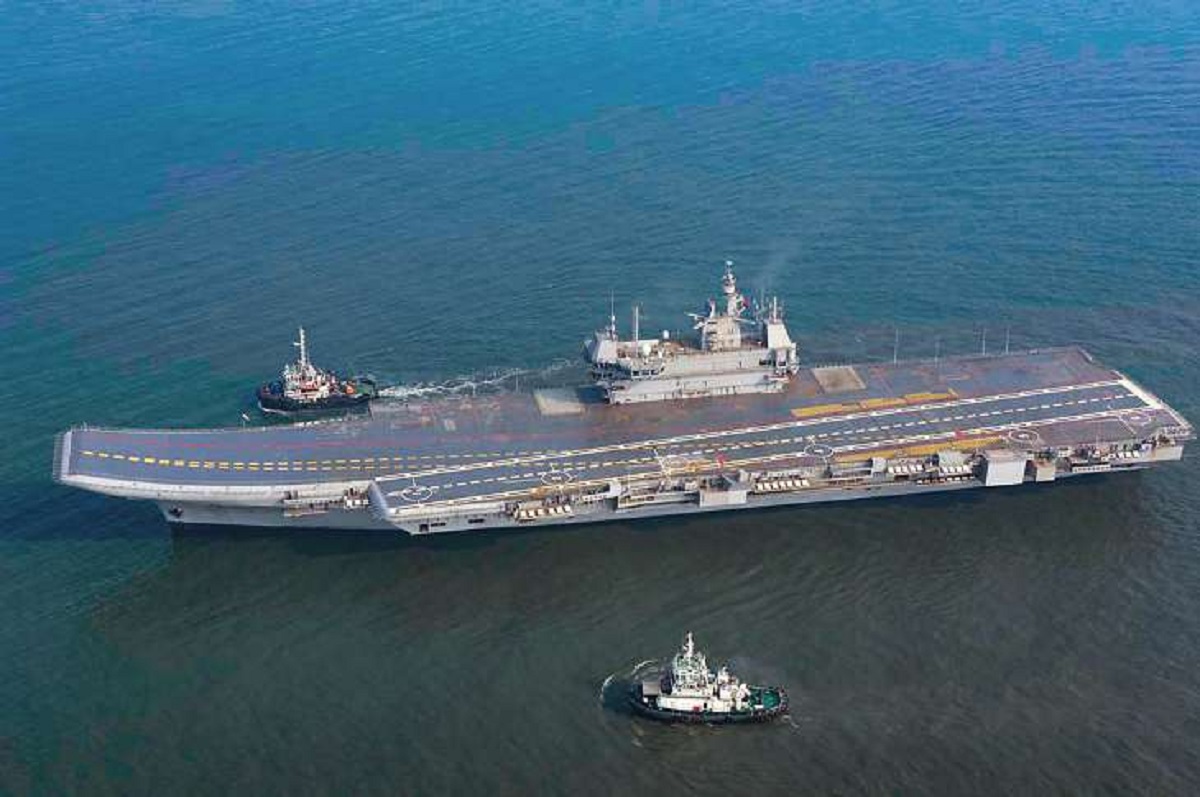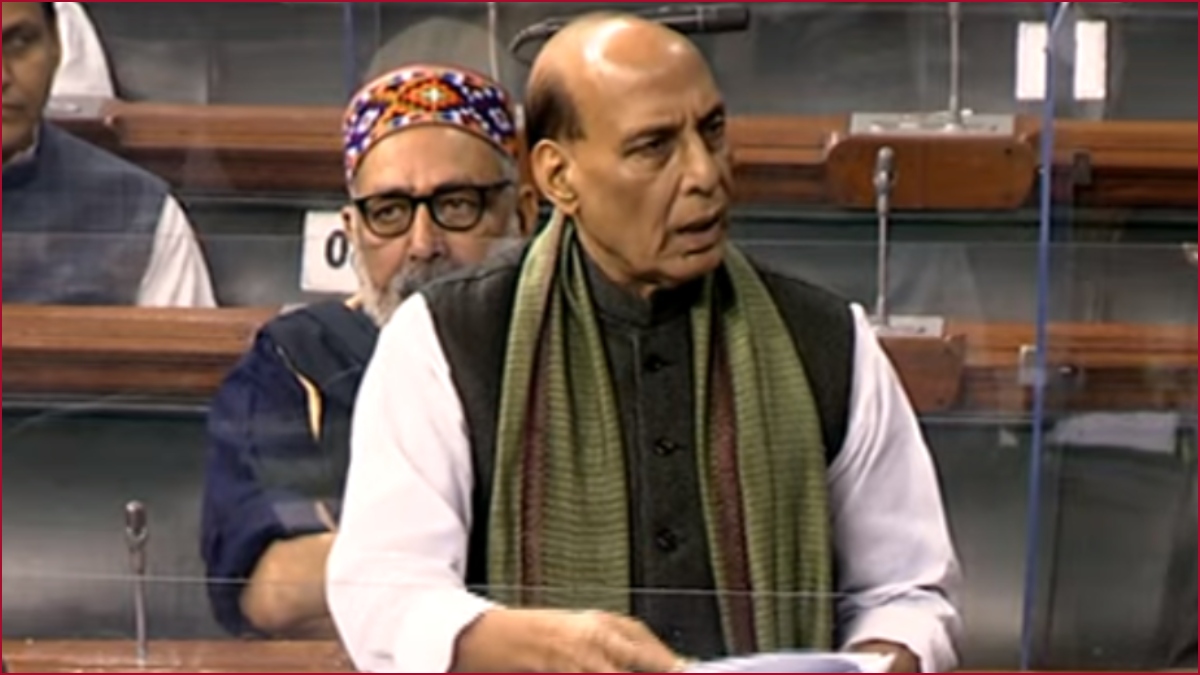New Delhi: Six seriously ill tourists who were suffering from the effects of frostbite and High Altitude Pulmonary Odema (HAPO) were on Tuesday evacuated by the helicopters to the Indian Army medical facility in Leh.

“Multiple search and rescue columns of Fire and Fury Corps were launched to rescue a group of tourists who were stranded in bad weather while undertaking annual ‘Chaddar Trek’ on frozen Zanskar River in Ladakh,” said Indian Army in a statement.
Frostbite is an injury caused by freezing of the skin and underlying tissues. First, the skin becomes very cold and red, then numb, hard and pale. Frostbite is most common on the fingers, toes, nose, ears, cheeks, and chin.
Indian Army: Six seriously ill tourists who were suffering from effects of frostbite and High Altitude Pulmonary Odema (HAPO) were evacuated by the helicopters to the Army medical facility in Leh. https://t.co/vXYaXyI3NQ pic.twitter.com/PTdZD5wCpR
— ANI (@ANI) January 14, 2020
While High-altitude pulmonary edema (HAPE) is a life-threatening form of non-cardiogenic pulmonary edema (fluid accumulation in the lungs) that occurs in otherwise healthy people at altitudes typically above 2,500 meters (8,200 ft).

In another incident, an avalanche hit a Border Security Force (BSF) deployment at Naugam sector along the Line of Control (LoC) on Monday.
Of the seven BSF personnel deployed, six were safely rescued while one could not be revived.
The avalanche had hit the BSF deployment at 8:30 pm yesterday. (ANI)














